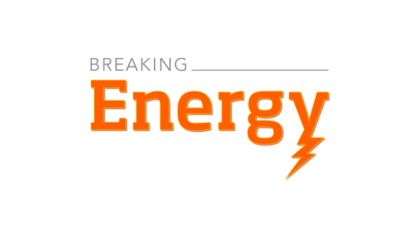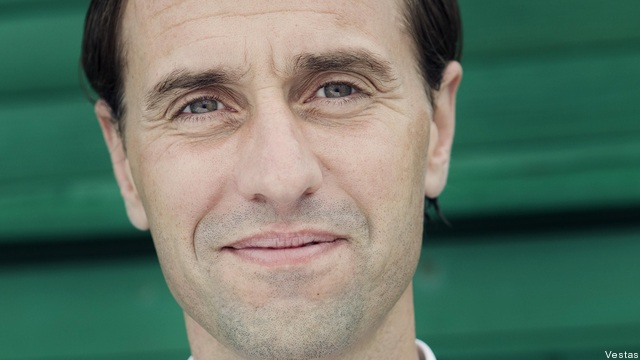
Section 1603 cash grants have been something of a regulatory moving feast. When introduced by the ARRA in 2009 as an alternative to the crisis-KO’ed production tax credit (PTC) and investment tax credit (ITC), investors responded to the promise of king-lier than ever cash with a certain amount of faith that regulators would heed the stimulus spirit as flesh was put on the 1603 bones. For the most part, the DoE, Treasury and IRS have rewarded this faith; key guidance (e.g. relating to eligibility, transferability, construction start dates, etc.) generally reflecting the interest of those regulators in a fluid/pragmatic public-private partnership.
Recently, that apparent spirit of cooperation took a surprising blow when the Office of Management and Budget (OMB) included Section 1603 grants on its list of budget items subject to a “mandatory” 7.6% sequestration. What this appears to mean (Akin Gump’s “Renewable Energy Treasury Grant Program Included in Fiscal Cliff Sequestration” notes the absence of any explicit knife-wielding methodology) is that unless sequestration is replaced or extended by year end, Section 1603 grants will be reduced by 7.6% across-the-board. One can imagine the frustration/anger of grant recipients that the key term of the deal (i.e. the size of the cash grant) would suddenly and unilaterally be changed; especially given that any grant slashed in 2013 would be in respect of projects commenced between 2009 and 2011 (and in most cases largely completed). Keep reading →








